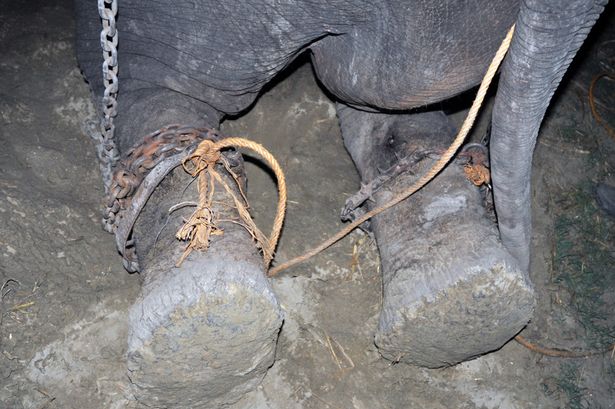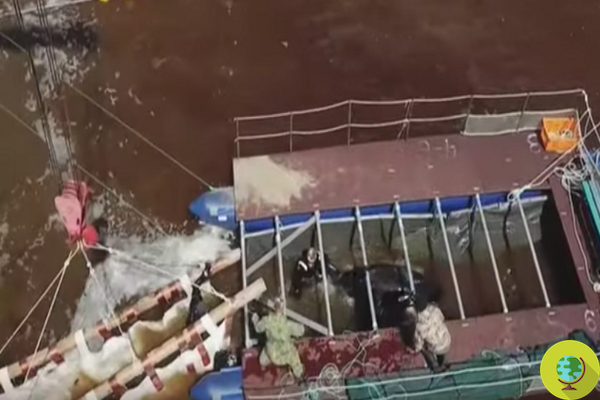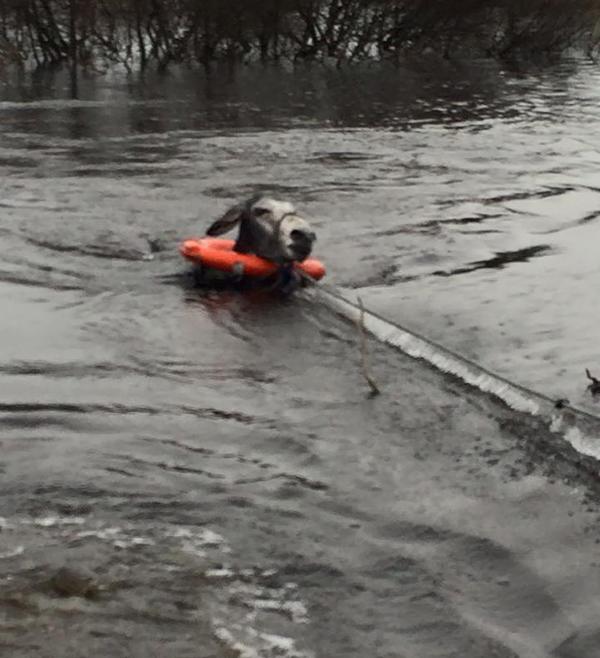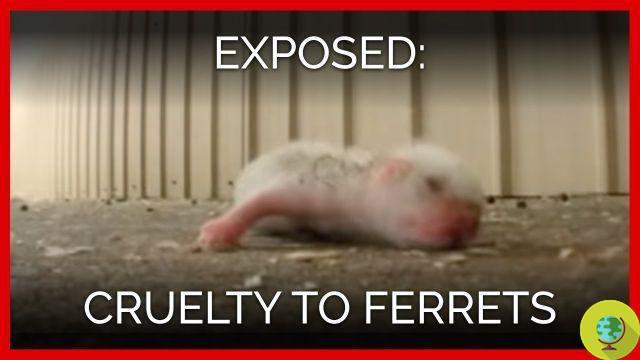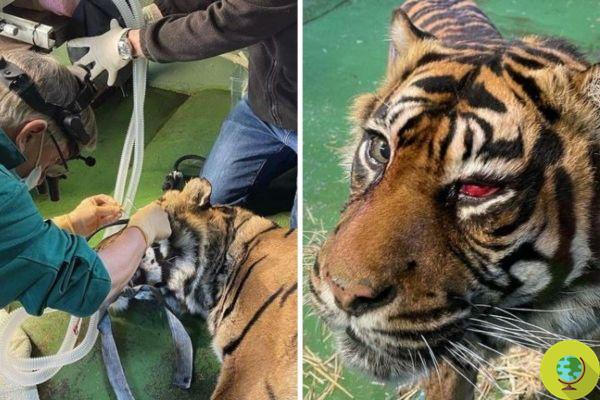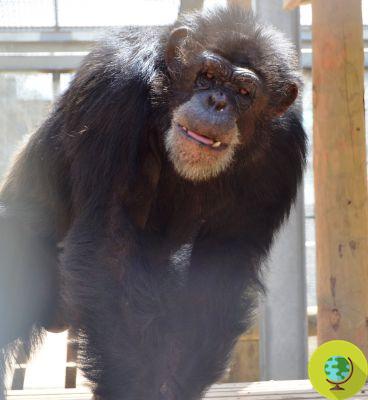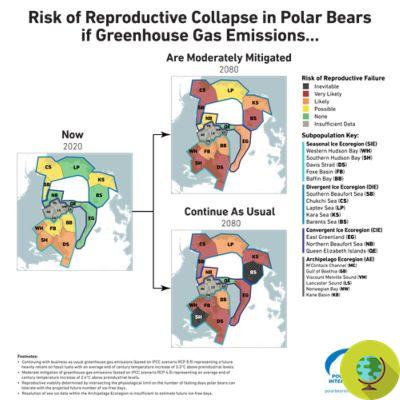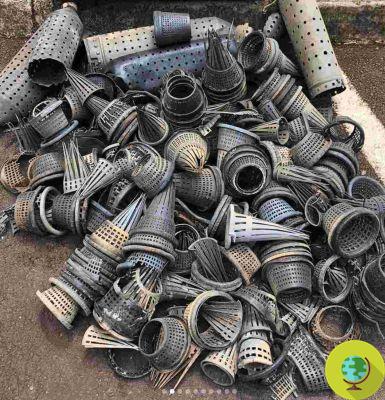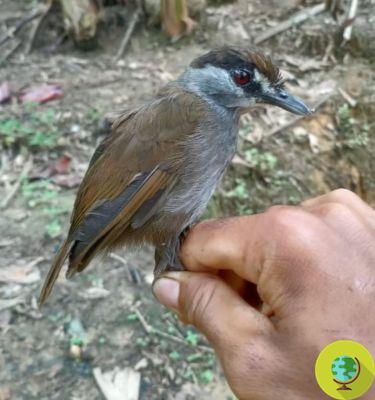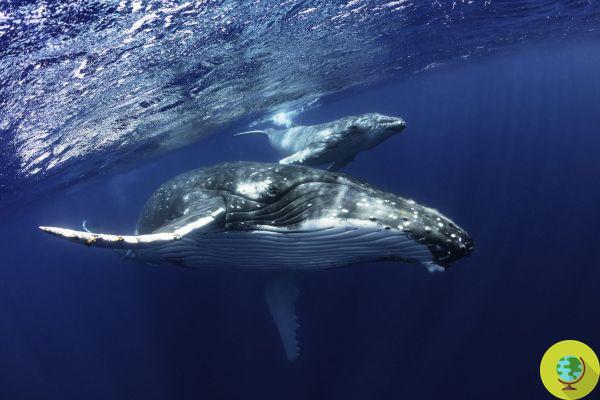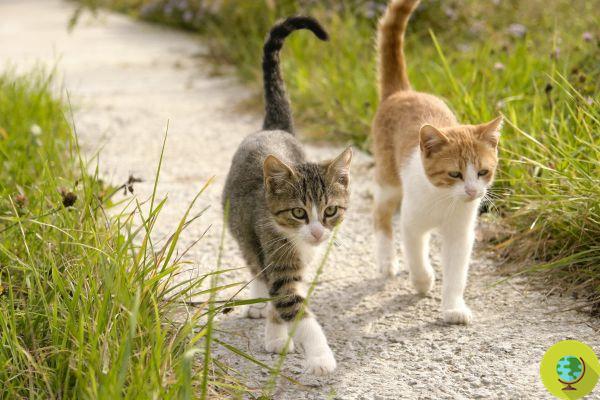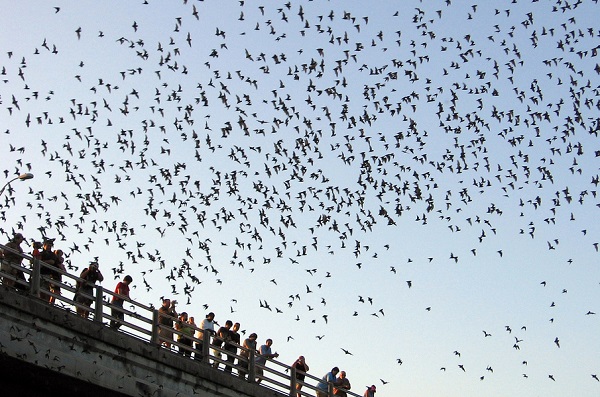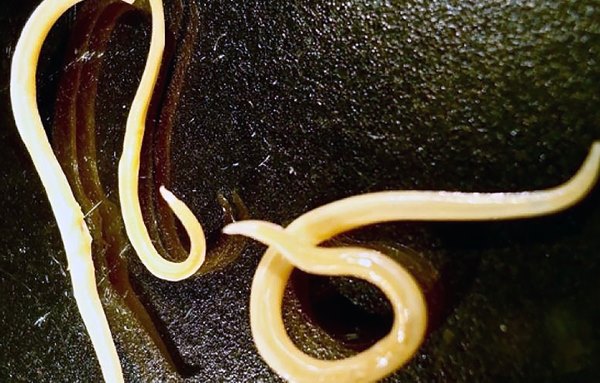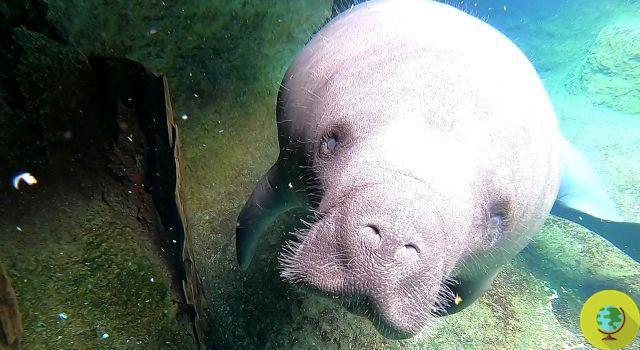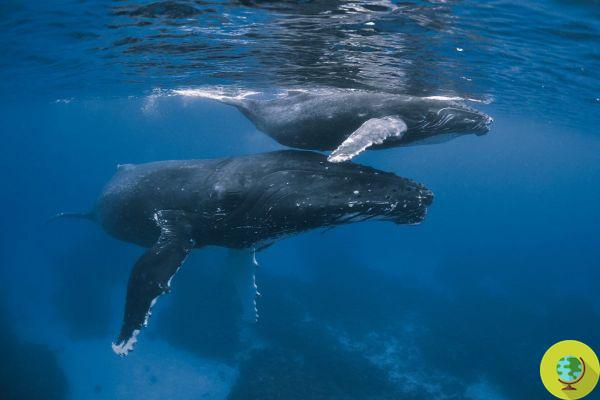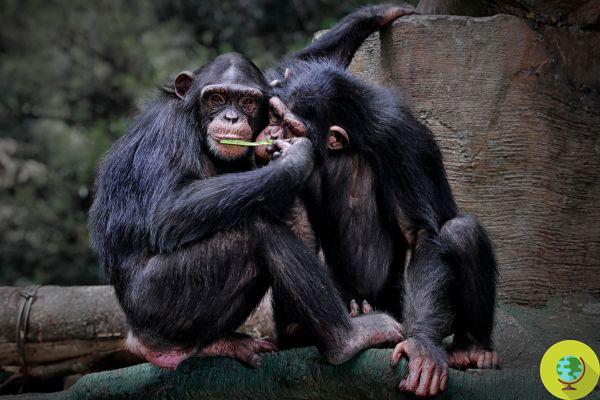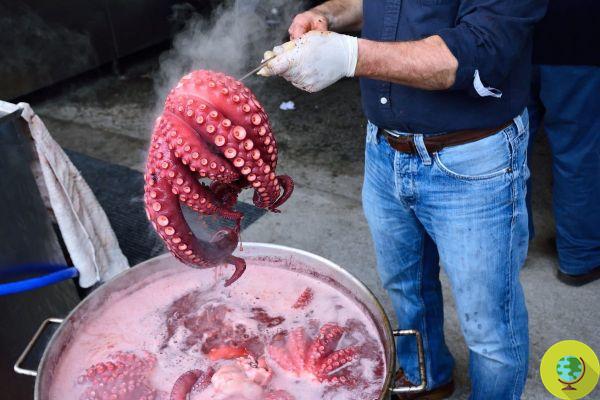Florida raptors also ingest microplastics: their stomachs are invaded by these materials, which can induce hunger, poisoning and death
Florida raptors also ingest microplastics: their stomachs are flooded with these materials, which can induce hunger, poisoning and death. This is demonstrated by a sad study by the University of Central Florida.
Microplastics are small pieces of plastic, generally smaller than a millimeter down to the micrometer level, in other words less than the size of a pencil tip to levels completely out of our sight.
These materials come from larger pieces of plastic, such as synthetic clothing, or artificially reduced to a small size for use in health and beauty products or for industrial purposes.
It is certainly not the first investigation that demonstrates how microplastics, precisely because they are very small, actually pass into the food chain because they are involuntarily ingested by different animal species that then also arrive on our tables. In fact, they have been found in seas, lakes and rivers all over the world, from the Arctic to China and again in the United Kingdom to the Spanish coast.
Microplastics are now truly everywhere: new studies reveal the terrible contamination
The contamination probably began not long after the first piece of plastic was released into the environment and the ingestion of larger pieces of plastic by animals was first noted as early as the 60s while a greater attention to the accumulation of microplastics began around 2010, experts explain.
Previous studies have documented an increasing amount of microplastics in the intestines of fish, seabirds and invertebrates, and there are also known cases of whales dying from eating dozens of pounds of plastic, including bags.
This dead whale had 40 kg of plastic bags in its stomach
But having found them even in birds of prey, less studied also due to their status as protected animals, is a particularly alarming fact.
“Birds of prey are among the main predators in the ecosystem - he explains Julia Carlin, first author of the work - and, if the population or the state of health is changed, it is possible to completely alter the population and state of health of all the animals, organisms and habitats that are located below the food chain ”.
After obtaining permits from the Audubon Center for Birds of Prey in Maitland (precisely because these species are protected), the researchers examined the stomach contents of 63 birds including hawks, ospreys and owls, taken from all over Florida. already dead or dead within 24 hours after their arrival in the center.
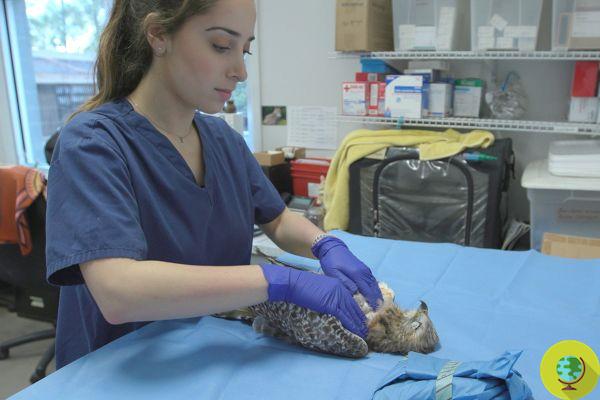
©Sonny DePasquale, 4Ocean via University of Central Florida
With truly sad results: Using microscopes and spectroscopy, the researchers found microplastics in the digestive systems of all birds examined, with nearly 1.200 pieces of plastic extracted, of which microfibers represented by far the main component (86% of the total). .
These, in fact, which can come from ropes or synthetic clothing and can end up in ecosystems through wastewater from washing machines, can be confused by birds that consider them appropriate prey or nesting material, the researchers say.
What can we do to stop this ecological disaster?
Some solutions to the problem could be the removing plastic from open landfills, the careful disposal of plastic waste, thepurchase of natural fabrics and the adaptation of water treatment plants and rainwater discharges to capture microplastics.
“We have all benefited from the convenience of plastic, but this one does not disappear once produced ”he warns Linda Walters, who guided the work.
How much more evidence do we need to stop?
The research, funded by the National Science Foundation, the Office of Undergraduate Research, and the University of Central Florida's Department of Biology with support from the Audubon Center for Birds of Prey, was published in Environmental Pollution.
Sources of reference: University of Central Florida / Environmental Pollution
Read also:
- Water, beer and salt: the list of foods with the most microplastics
- Record of microplastics in the Tyrrhenian Sea: it is the highest level ever recorded in the world




